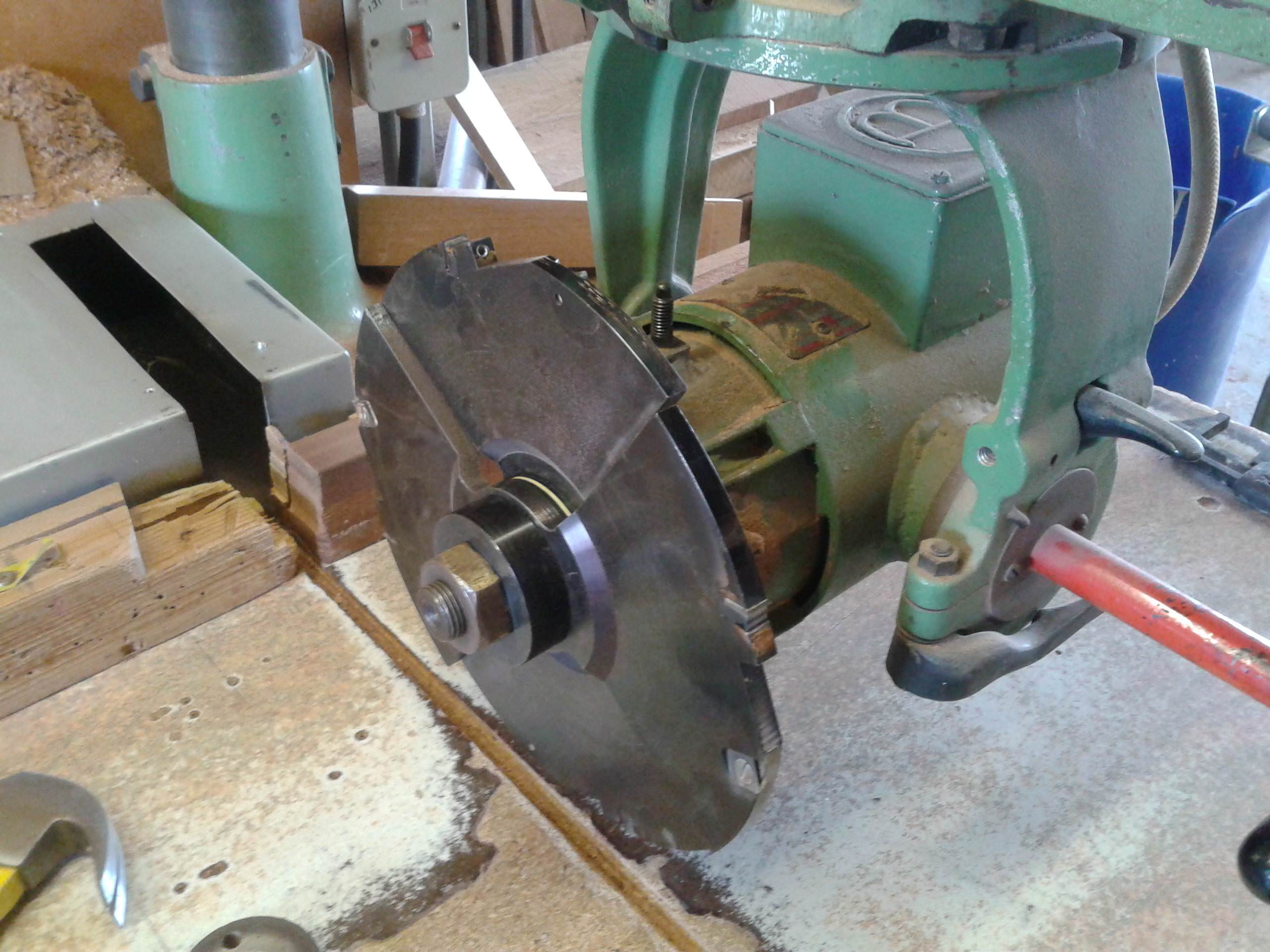Haha! I remember my first couple days as an apprentice and I was dropped properly in the deep-end because the boss was a right sod with an "If you can't keep up, you don't belong here" kind of attitude! Day one running a Wadkin PBR by myself just shown what does what and which way to push timber in about two minutes! Day two running all the timber through the four-cutter learning which way to place timber on the beds with again, only a couple of minutes of explanation, then cutting all the timber to length with a radial arm saw. Day three was morticing and tenoning with basically "Don't put your hands here or here" as instructions with some seriously sketchy, unguarded machines. Day four was running everything through the spindle moulder and then day five and onwards was assembly bearing in mind up to this point I had only really had maybe fifteen minutes tuition on all the machines in total

. Within the span of a couple of months, I began working on more and more complex stuff and they just kept throwing it at me progressively getting further into the deep end up until the point I was doing a lot of curved and angular work, as a first-year apprentice!
Sadly that company closed down after the year I was there, I've always been thankful for the
very intense first-year apprenticeship I had though, it taught me more in the span of a year than most apprentices would get in five or more! Without a doubt that was what made me.
It all depends on the lad or lass though, if they can't keep up perhaps a slower approach is needed but don't baby them otherwise you'll be wasting your own time as well as theirs. When explaining set-ups, run them through it and ask them whether they understood, take it all apart again and make them do it to show you that they've understood, if they stumble and cannot do it they've not understood and show them again and they will be more attentive the second time around. Pick up a couple of books and let them borrow them if they're keen, Machine Woodworking by Nick Rudkin is an excellent primer for new machinists and Joinery and Carpentry
Volume 2 by Richard Greenhalgh is an excellent resource on joinery and geometry.

































